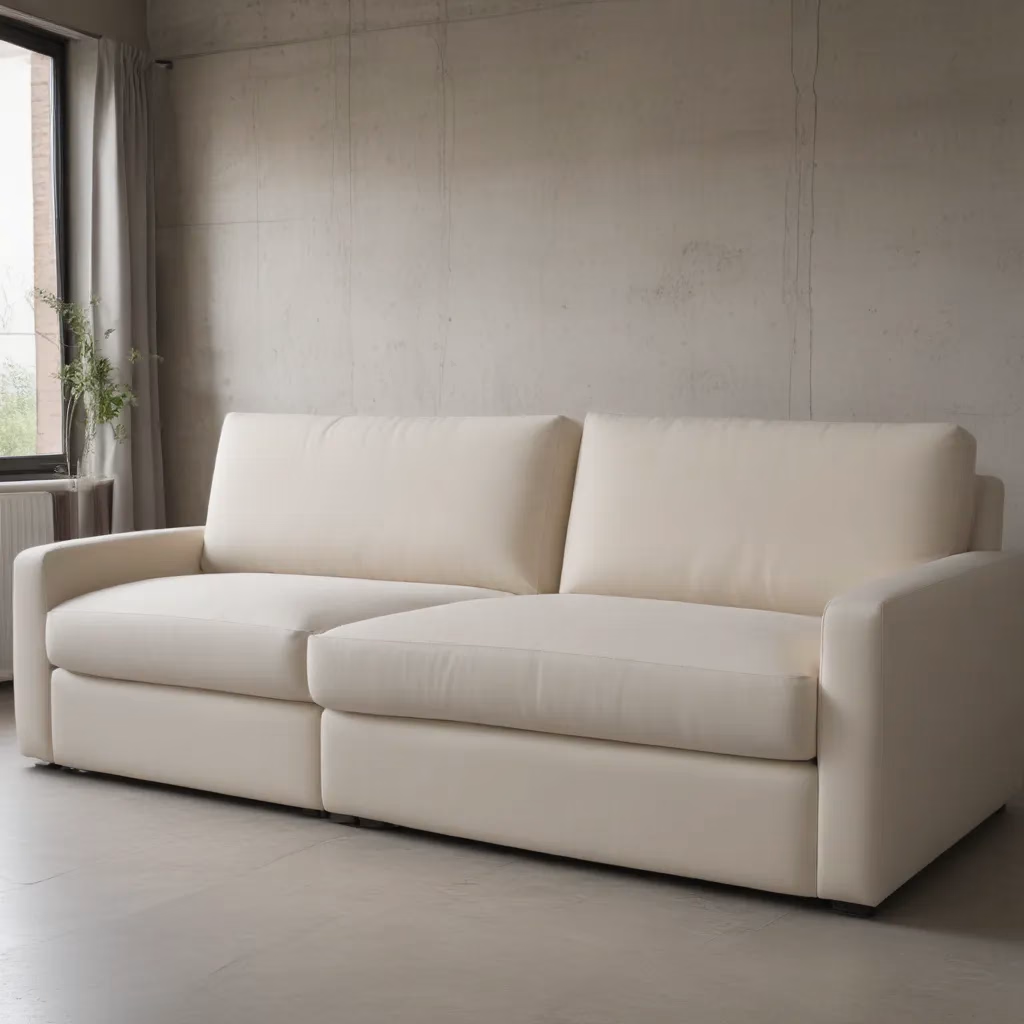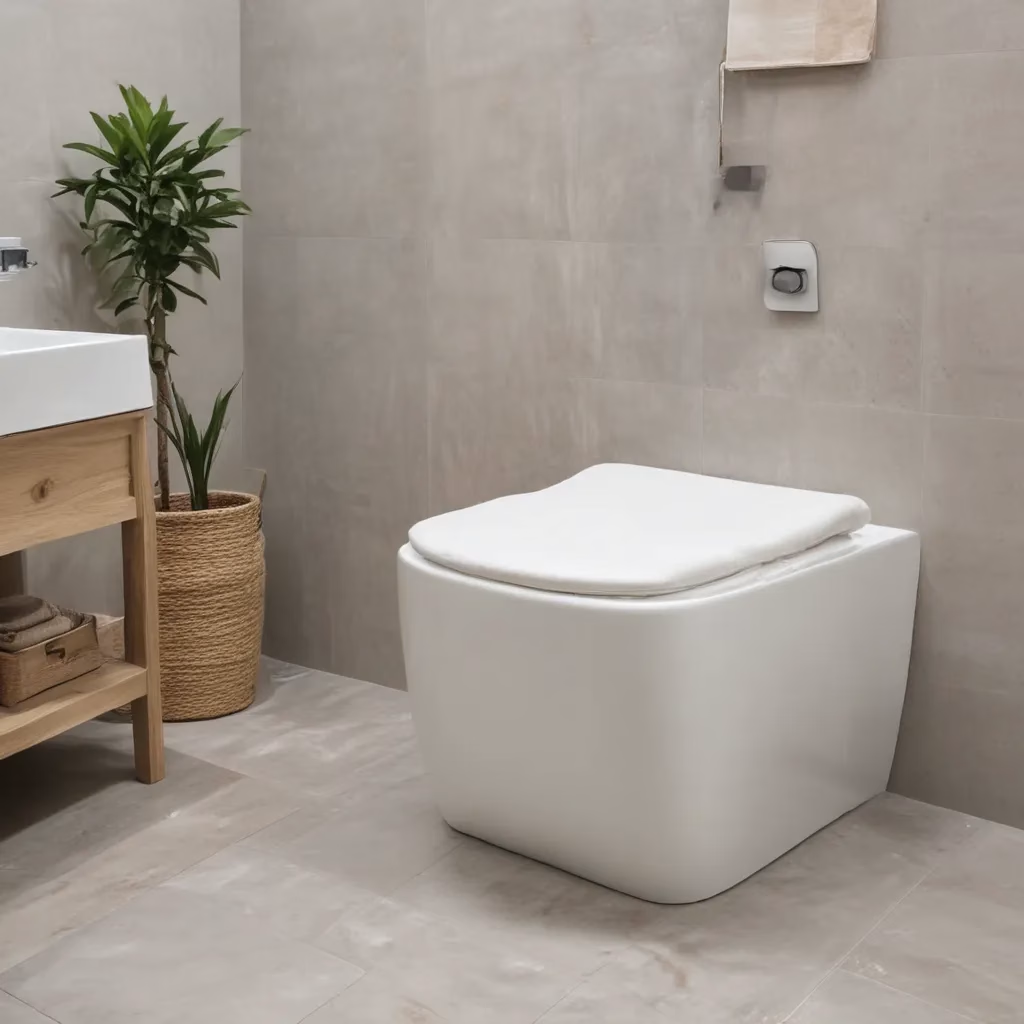
The Evolution of Modular Furniture Design
As a furniture specialist with years of experience, I’ve witnessed firsthand the remarkable transformation of modular furniture systems. These versatile pieces have come a long way from their humble beginnings, evolving into sophisticated design solutions that cater to our ever-changing lifestyles.
In the past, modular furniture was often associated with utilitarian, boxy designs that prioritized function over form. However, today’s modular systems are a testament to the ingenuity of furniture designers who have successfully merged aesthetics with adaptability. The result? Stunning pieces that not only look great but also offer unparalleled flexibility in our living spaces.
One of the most significant advancements I’ve observed is the integration of smart technology into modular furniture. For instance, some sofas now come with built-in charging ports and adjustable headrests that can be controlled via smartphone apps. This fusion of technology and furniture design has opened up new possibilities for creating truly responsive living environments.
The Benefits of Modular Sofas in Contemporary Homes
When it comes to versatile living solutions, modular sofas are at the forefront of the revolution. As someone who has helped countless clients choose the perfect sofa, I can attest to the numerous advantages these adaptable pieces offer.
First and foremost, modular sofas provide unmatched flexibility. Have you ever purchased a sofa only to realize it doesn’t fit quite right in your new home? With modular designs, this problem becomes a thing of the past. These sofas can be easily reconfigured to suit different room layouts, making them ideal for those who frequently move or enjoy changing their interior design.
Another benefit I often highlight to my clients is the ability to customize their seating arrangement. Modular sofas typically consist of individual sections that can be arranged in various configurations. This means you can create anything from a traditional three-seater to a sprawling L-shaped sectional, depending on your needs and available space.
Lastly, modular sofas are an excellent investment for growing families or those who love to entertain. Need extra seating for a party? Simply add another module. Want to create a cozy reading nook? Detach a section and place it in a quiet corner. The possibilities are truly endless!
Choosing the Right Modular Furniture for Your Space
Selecting the perfect modular furniture for your home can be an exciting yet daunting task. As a furniture specialist, I’ve guided many homeowners through this process, and I’m happy to share some key considerations to keep in mind.
Firstly, assess your space carefully. Measure your room dimensions and consider any architectural features that might impact furniture placement. It’s also helpful to think about traffic flow and how you typically use the space. Do you need a conversation area? A TV-watching zone? Understanding these factors will help you choose modular pieces that enhance your lifestyle.
Next, consider the materials and construction of the modular furniture. High-quality pieces should have sturdy frames, durable upholstery, and reliable connecting mechanisms. In my experience, investing in well-made modular furniture pays off in the long run, as these pieces can withstand frequent reconfigurations without losing their shape or stability.
Lastly, don’t forget about style! While functionality is crucial, your modular furniture should also complement your existing décor. Look for pieces that offer a range of upholstery options and finishes to ensure a cohesive look in your home.
Maximizing Space with Multi-Functional Modular Systems
One of the most exciting aspects of modular furniture is its ability to maximize space in clever and unexpected ways. As someone who has worked with clients living in everything from sprawling suburban homes to compact urban apartments, I’ve seen firsthand how multi-functional modular systems can transform living spaces.
Take, for example, modular wall units. These versatile pieces can serve as room dividers, storage solutions, and display areas all at once. I once worked with a client who used a modular wall unit to create a home office nook in their living room. By day, it functioned as a workspace, and by night, it transformed into an entertainment center. This type of flexibility is invaluable in today’s homes where spaces often need to serve multiple purposes.
Another space-saving solution I frequently recommend is modular seating with built-in storage. These clever designs allow you to tuck away blankets, books, or other items within the furniture itself, reducing clutter and maximizing your living area. It’s like having a secret compartment in your sofa!
For those with limited square footage, modular furniture that can be easily folded or stacked when not in use is a game-changer. I’ve seen dining tables that can be expanded for dinner parties and then contracted for everyday use, as well as stackable stools that can be neatly tucked away when extra seating isn’t needed.
The Role of Color and Texture in Modular Design
When it comes to modular furniture, color and texture play a crucial role in creating cohesive and visually appealing spaces. As a furniture specialist, I always encourage my clients to think carefully about their color choices and how different textures can enhance their modular setups.
One approach I often recommend is selecting a neutral base color for larger modular pieces, such as sofas or shelving units. This provides a versatile foundation that can be easily updated with colorful accessories or additional modules. For instance, a grey modular sofa can be paired with vibrant throw pillows or a bold area rug to create a stunning focal point in your living room.
Texture is another important element to consider. Mixing different textures within your modular furniture arrangement can add depth and interest to your space. You might pair a smooth leather ottoman with a plush velvet sofa module, or combine sleek metal shelving with warm wooden storage cubes. These contrasts create a rich, layered look that elevates your overall design.
Don’t be afraid to experiment with patterns, either. Modular furniture offers a unique opportunity to mix and match different patterns within a single piece. I once worked with a client who chose a modular sofa with different patterned upholstery on each section. The result was a playful, eclectic look that perfectly reflected their personality.
Maintenance and Care for Modular Furniture
Proper maintenance is key to ensuring your modular furniture remains beautiful and functional for years to come. As someone who has dealt with countless furniture care questions over the years, I can offer some valuable tips to keep your modular pieces in top condition.
First and foremost, regular cleaning is essential. Most modular furniture can be easily vacuumed or wiped down with a damp cloth. However, always check the manufacturer’s care instructions, as different materials may require specific cleaning methods. For instance, leather modules might need special conditioning treatments, while fabric upholstery may benefit from professional cleaning once or twice a year.
One of the unique aspects of modular furniture is the presence of connecting mechanisms. These parts allow you to reconfigure your furniture but can also be potential weak points if not properly maintained. I recommend periodically checking these connections and tightening any loose screws or bolts. If you notice any damage, it’s best to address it promptly to prevent further issues.
Another important consideration is protecting your modular furniture from sunlight and heat. Prolonged exposure to direct sunlight can cause fading and deterioration of upholstery fabrics. Consider using window treatments or rotating your furniture periodically to ensure even wear.
Lastly, don’t forget about the importance of proper use. While modular furniture is designed to be flexible, it’s still important to follow the manufacturer’s guidelines for weight limits and recommended configurations. Overloading or improperly assembling your modular pieces can lead to damage and potentially void your warranty.
The Future of Modular Furniture Design
As we look ahead, the future of modular furniture design is brimming with exciting possibilities. From my perspective as a furniture specialist who keeps a close eye on industry trends, I can confidently say that we’re entering a new era of innovation in this field.
One of the most promising developments I’ve observed is the integration of sustainable materials and practices in modular furniture production. Many manufacturers are now using recycled materials, responsibly sourced wood, and eco-friendly upholstery fabrics in their designs. This shift not only reduces the environmental impact of furniture production but also appeals to eco-conscious consumers who want their homes to reflect their values.
Another trend that’s gaining momentum is the incorporation of smart technology into modular furniture systems. Imagine a modular sofa that can adjust its firmness based on your preferences, or a coffee table that doubles as a charging station for your devices. These innovations are not just futuristic concepts – they’re already becoming reality in the world of modular furniture.
Customization is also set to play a bigger role in the future of modular design. With advancements in manufacturing techniques, it’s becoming increasingly feasible for consumers to have a say in every aspect of their furniture – from the exact dimensions to the specific materials used. This level of personalization allows for truly unique pieces that perfectly fit individual needs and spaces.
Incorporating Modular Furniture in Different Interior Styles
One of the most fascinating aspects of modular furniture is its chameleon-like ability to adapt to various interior styles. Throughout my career, I’ve had the pleasure of helping clients integrate modular pieces into a wide range of design aesthetics, from minimalist modern to cozy rustic and everything in between.
For those who favor a sleek, contemporary look, modular furniture with clean lines and neutral colors works beautifully. I often recommend glossy white or black modules that can be arranged to create a striking geometric composition. These pieces not only provide functional seating or storage but also serve as sculptural elements in the space.
On the other hand, if your style leans more towards the traditional, don’t worry – modular furniture can work for you too! Look for pieces with classic details like tufted upholstery or turned legs. The beauty of modular design is that you can create a traditional sofa arrangement when you want, but also have the flexibility to switch things up for a more casual layout when the mood strikes.
For eclectic interiors, modular furniture offers endless opportunities for creative expression. Mix and match different colors, textures, and patterns within your modular system to create a unique, personalized look. I once worked with a client who combined leather, velvet, and patterned fabric modules in their sectional sofa, resulting in a truly one-of-a-kind piece that became the focal point of their living room.
Case Study: Transforming a Small Apartment with Modular Solutions
To illustrate the transformative power of modular furniture, let me share a recent project I worked on. My client, a young professional living in a compact 500 square foot apartment, was struggling to make the most of her limited space. She needed her living area to function as a workspace, entertainment zone, and guest room – quite a tall order for such a small footprint!
We started by selecting a modular sofa system that could adapt to different needs. During the day, it was configured as a comfortable work area with a detachable table module. In the evenings, it could be easily rearranged into a cozy L-shaped sectional for relaxing or entertaining friends. And when guests stayed over, part of the sofa converted into a sleeper, providing a comfortable bed without the need for a separate guest room.
For storage, we opted for a modular shelving system that stretched from floor to ceiling, maximizing vertical space. The beauty of this system was its flexibility – shelves could be easily added, removed, or repositioned as needs changed. We included a mix of open shelving for display and closed cabinets for hiding away clutter.
To create a dining area that didn’t eat up precious floor space, we chose a wall-mounted drop-leaf table with modular seating. When not in use, the table folded flat against the wall and the chairs could be stacked and stored away.
The result was a highly functional space that felt much larger than its actual square footage. My client was thrilled with how the modular furniture allowed her to effortlessly switch between different activities without feeling cramped or cluttered.
This project perfectly exemplifies how modular furniture can revolutionize small space living. By choosing versatile, multi-functional pieces, even the tiniest apartments can be transformed into comfortable, efficient homes that adapt to our changing needs.
As we wrap up our exploration of adaptable aesthetics and modular furniture systems, I hope you’ve gained some valuable insights into the world of versatile living solutions. Whether you’re furnishing a compact studio apartment or a spacious family home, modular furniture offers endless possibilities for creating functional, flexible spaces that truly work for you.
Remember, the key to success with modular furniture is to think creatively and don’t be afraid to experiment with different configurations. And if you’re ever in doubt, don’t hesitate to consult with a furniture specialist who can guide you towards the best solutions for your specific needs and style preferences.
For more inspiration and expert advice on creating your perfect living space, be sure to check out Sofa Spectacular. Happy decorating!



